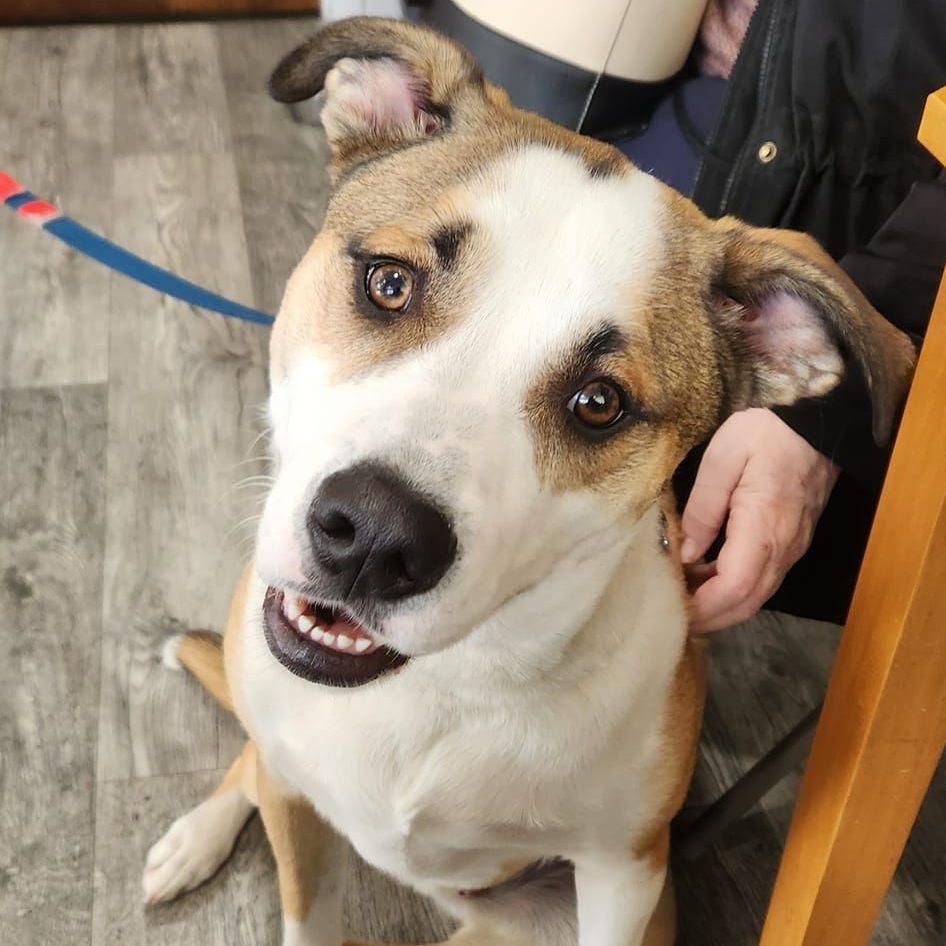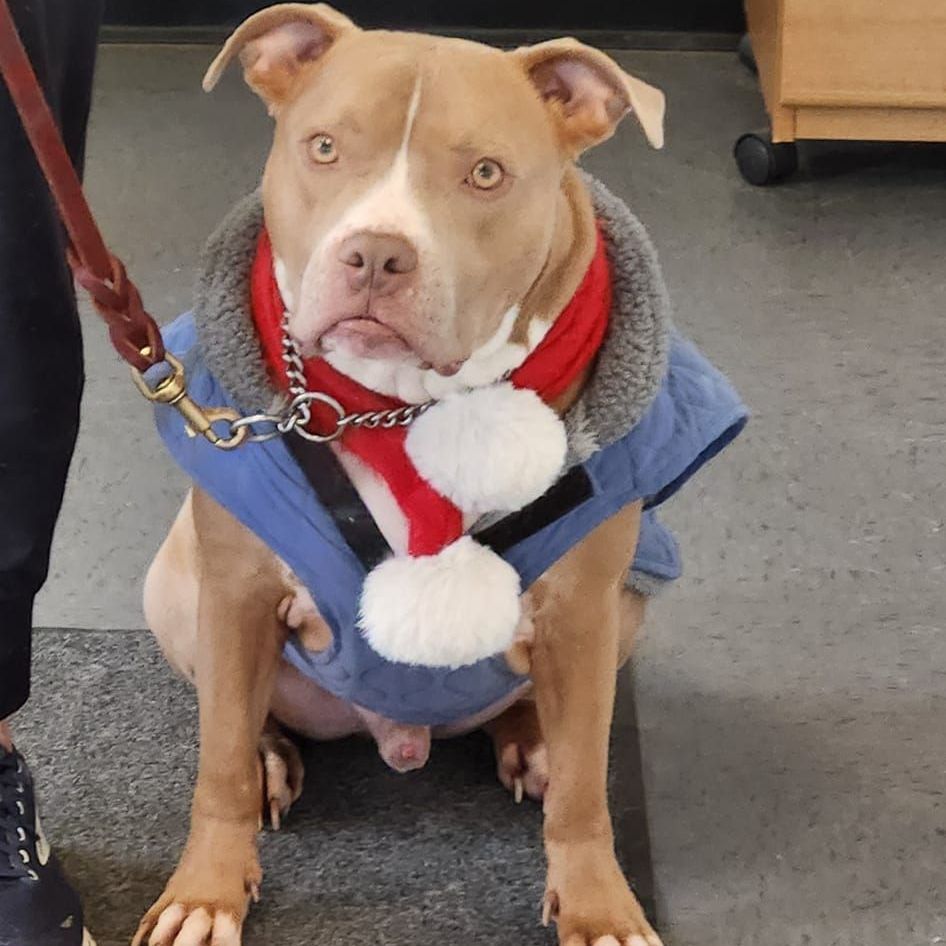The Benefits of Crate Training Your Dog
Sue Battel, Certified Behavioral Trainer
Crate training often gets a bad rap, but when done correctly, it's a valuable tool for both your dog's safety and well-being. It's about creating a safe and comfortable den for your dog, not about punishment or confinement.
Why Crate Training Matters
Crate training offers numerous benefits for both you and your dog. It provides a safe and secure space for your dog, especially when you can't supervise them. This is crucial for preventing accidents, chewing, and even protecting your dog from harm. Crates can also aid in housebreaking and can even help prevent separation anxiety when used correctly.
Safety First:
A properly used crate provides a safe space for your dog, especially when you can't supervise them. This is crucial for preventing accidents, chewing, and even protecting your dog from harm.
Housebreaking Hero:
Crates can significantly aid in housebreaking. Dogs naturally avoid soiling their den, and the crate provides a confined space to help them learn to hold it.
Separation Anxiety Prevention: When used correctly, crate training can actually help prevent separation anxiety. By providing a den-like environment, you're teaching your dog that being alone doesn't have to be scary.
Keys to Happy Crate Training
Successful crate training hinges on creating a positive experience for your dog. Think of the crate as your dog's den - a safe and comfortable space where they can relax and feel safe. Make the crate a positive, welcoming, and safe space by filling it with comfy bedding, favorite toys, and offering delicious treats inside. Always associate the crate with positive experiences; NEVER be use it for punishment. The crate should be a place of refuge, not a place of fear. Your dog should feel safe and comfortable in their crate, not anxious or stressed.
The crate should be the right size for your dog - large enough for them to stand up, turn around, and lie down comfortably, but not so large that they have room to eliminate. If the crate is too big, your dog may feel more inclined to relieve themselves inside. Introduce the crate gradually. Start with short periods and gradually increase the time your dog spends in the inside. This helps them get used to being in the crate without feeling overwhelmed. Avoid crating your dog for extended periods. Remember, the crate is a tool to help your dog feel secure and comfortable, not a place to confine them unnecessarily.
Creating a Safe Space with Positive Crate Training
One common misconception about crate training is that it causes separation anxiety. In reality, when implemented correctly, it can actually help prevent it. By providing a safe and secure den, the crate can help your dog learn to be comfortable being alone. Imagine the crate as your dog's cozy cave, a place where they can retreat and feel safe and secure. When you associate the crate with positive experiences – think comfy bedding, favorite toys, and delicious treats – your dog will start to see it as a place of refuge, not confinement. This positive association helps them learn that being alone doesn't have to be scary. As a result, they are less likely to feel anxious when left alone outside of the crate.
Another common concern is that dogs will resort to chewing when crated. While teething is a natural phase and dogs may explore their environment, providing them with appropriate chew toys and supervising them closely is crucial. This helps redirect their chewing behavior and prevents them from damaging furniture or other household items. Remember, the crate should be a safe and positive space, not a place for punishment.
It's important to remember that crate training is not about keeping your dog confined for extended periods. It's a temporary tool to help them learn good habits and feel secure. As your dog matures and their confidence grows, you can gradually reduce crate time. The goal is to eventually have a dog who is comfortable and relaxed both inside and outside the crate..
Remember: Every dog is different. If you have any questions or concerns about crate training, please don't hesitate to reach out. I'm here to help you navigate this process and ensure a positive experience for both you and your dog.
Share the Learning:



